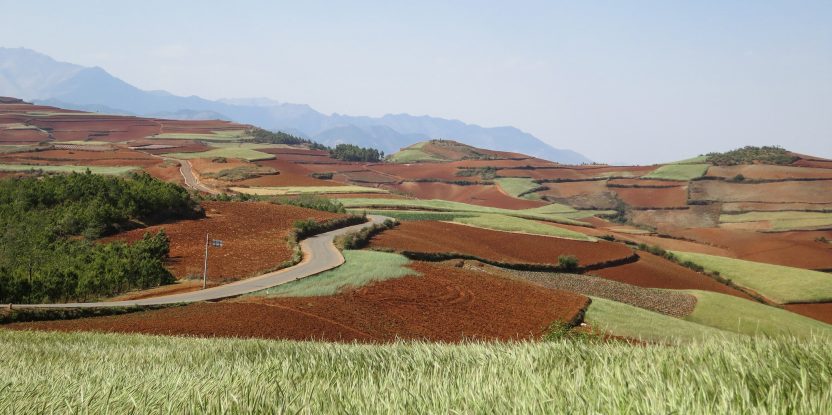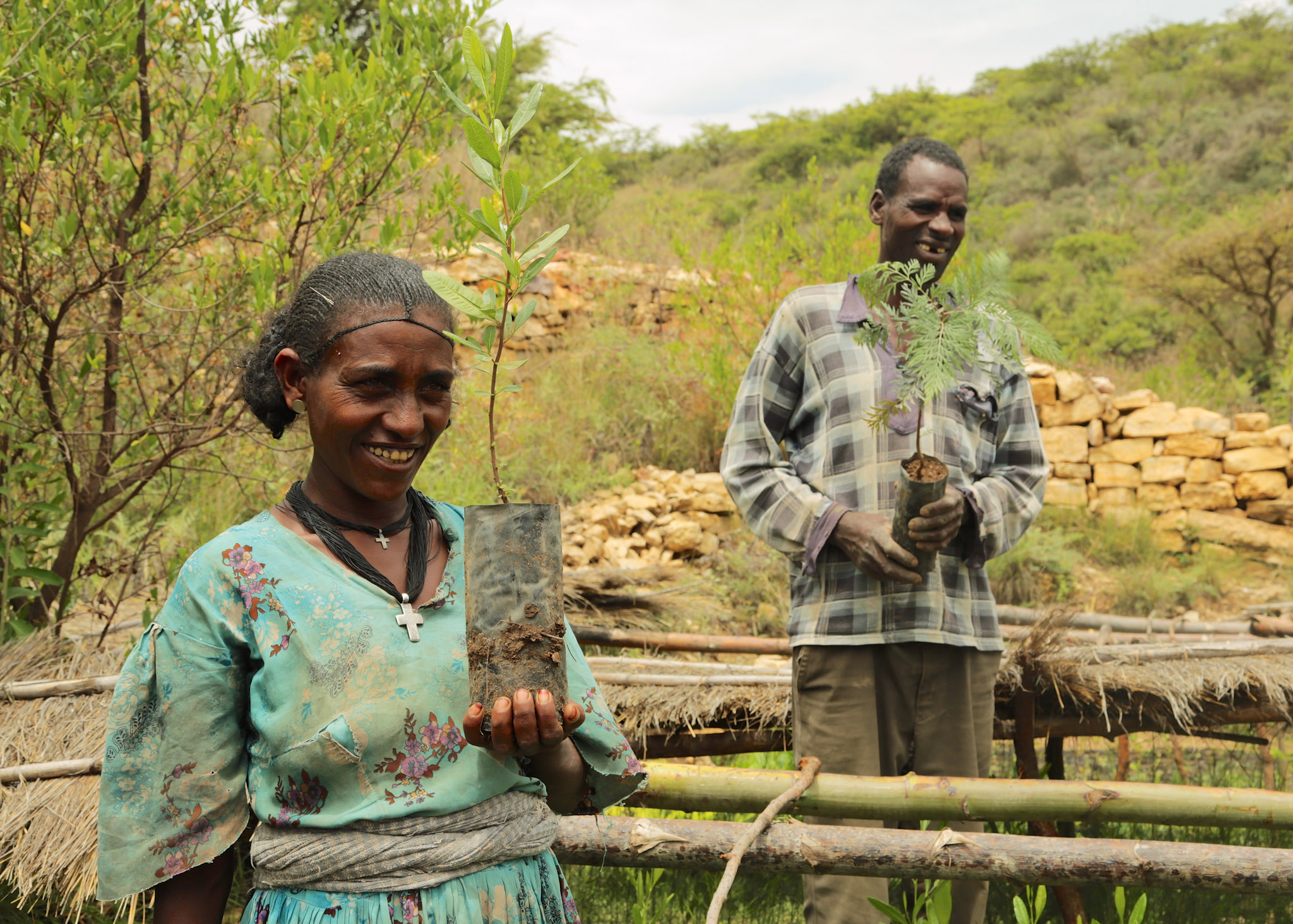
Massive flooding in 1998 along China’s Yangtze River killed thousands, left millions more homeless and caused billions of dollars worth of damage. Much of the flooding has been blamed on upland deforestation – where land was cleared to grow food to feed the country’s huge population.
China’s response was just as massive. Just a year later, an initiative known as ‘Grain for Green’ — or the Conversion of Cropland to Forest Program (CCFP) — was launched. Today more than 28 million hectares of land have been restored, making it the largest reforestation project in the world.
At the core of the program is a Payment for Ecosystem Services (PES) mechanism, which rewards farmers for planting trees on sloping landscapes. To date, the country has spent more than USD 50 billion on the program, which includes cash incentives to 124 million farmers in 25 provinces.
There have been numerous studies of the program, but scientists from the Center for International Forestry Research (CIFOR) and partner institutions, including China’s National Forestry Economics and Development Research Center (FEDRC), wanted to find out more.
“We wanted to take a closer look at the PES system to see how it affected farmers and to shed light on how this huge program is managed,” says Zhang Kun, Deputy Director of Monitoring, Division for Key Forestry Programs, FEDRC.
The scientists say by understanding more about the structure of the CCFP program, they can better understand how a successful PES program works.
The results of the study were published a Special Issue of International Forestry Review on Forest Landscape Restoration (FLR), launched at the recent Global Landscapes Forum in Bonn, Germany.
TOP-DOWN, BOTTOM-UP
“FLR is currently undergoing a rapid expansion, as countries commit to large-scale restoration in response to the Bonn Challenge, the Paris Agreement and the Sustainable Development Goals,” says CIFOR scientist Himlal Baral, an editor of the new Special Issue.
As countries aim to attract donors and private and institutional investors this field, many lessons can be drawn from the experience of China — “though every landscape is different, and there are no one-size-fits-all solutions,” Baral adds.
Ideally, any new FLR programs should be built from the ground up, even if they are initiated from the top down, he says.
In China, though Beijing developed the ‘Grain for Green’ policy, it has been up to local governments to make it work. The plan is somewhat flexible, with each area allowed to adjust it to meet specific ecological and economic needs.
“Everything is not decided at the beginning, it is learned step by step and evolves,” says Zhang.
In 2014, the latest round of the CCFP program was launched. And this time, the government says, it is taking a more ‘bottom-up’ approach.
“Monitoring is key to making sure this policy works and that includes feedback from the grassroots level so you can adapt the policy as needed,” says Zhang.
The new program aims to convert 2.8 million hectares of sloping and deserted cropland to either forest or grasslands by 2020.
The program takes a slightly different approach to PES, too. In its early years, it included one-off payments for seedlings and an annual subsidy in grain. Later on, the ‘grain’ incentive was dropped, and only cash subsidies provided.
“Under the new plan, payments are made based on the type of plantation, either trees or grass. The payments are made after they have been inspected and approved by local officials,” notes Zhang.
The scientists say this oversight system, which requires 80% tree survival rate, has been effective, with more than 96% of farmers saying they understand their obligation to the program.
MORE TIME, MORE MONEY
The CCFP was established to improve environmental restoration but later expanded to target poverty alleviation. Since then, it has become one of the country’s largest rural development programs helping to support China’s efforts to end poverty by 2020. The CCFP is now interconnected with tenure reform and a number of other programs aimed to improve the lives of rural farmers.
With the significant amount of funds being used to achieve an environmental goal and prevent flooding for people living downstream, these funds must be linked to the direct social welfare of farmers and their families who contribute to ecosystem services upstream, the study suggests.
“When farmers grow crops, especially on sloping lands with low productivity, it is very labor-intensive, it’s backbreaking work and is subject to the weather,” notes Zhang.
She says that by planting trees, flooding is reduced and farmers have more spare time, which has led many to seek additional income in towns and cities.
“The farmers can make two to three times the amount of money working off the farm, and many take their children to urban areas so they can further their education,” says Zhang.
KEEPING UP THE PACE
Today, farmers who work in urban areas return home regularly to manage their land, in part thanks to the PES program. But with increased urbanization, and an aging rural population, land may be left fallow in future, the researchers warn.
The future viability of the PES program is also questioned: If payments stop, will farmers harvest trees and cash in on China’s growing demand for timber?
“There needs to be a long-term PES mechanism developed to create sustainability for farmers and to continue to restore the ecological function of the land. We need to expand and involve multiple sources for the PES program, including the private sector, ecological institutions, and investors,” says Zhang.
She says the CCFP policy works when you have an enormous number of households taking part, and the central government takes into account what farmers need.
“We have a saying in China: ‘Worry about what farmers worry about, consider what farmers want and what they think about,’ ”says Zhang.
Balancing those needs and the environment is not easy, but that’s what China is now trying to do.
We want you to share Forests News content, which is licensed under Creative Commons Attribution-NonCommercial-ShareAlike 4.0 International (CC BY-NC-SA 4.0). This means you are free to redistribute our material for non-commercial purposes. All we ask is that you give Forests News appropriate credit and link to the original Forests News content, indicate if changes were made, and distribute your contributions under the same Creative Commons license. You must notify Forests News if you repost, reprint or reuse our materials by contacting forestsnews@cifor-icraf.org.



